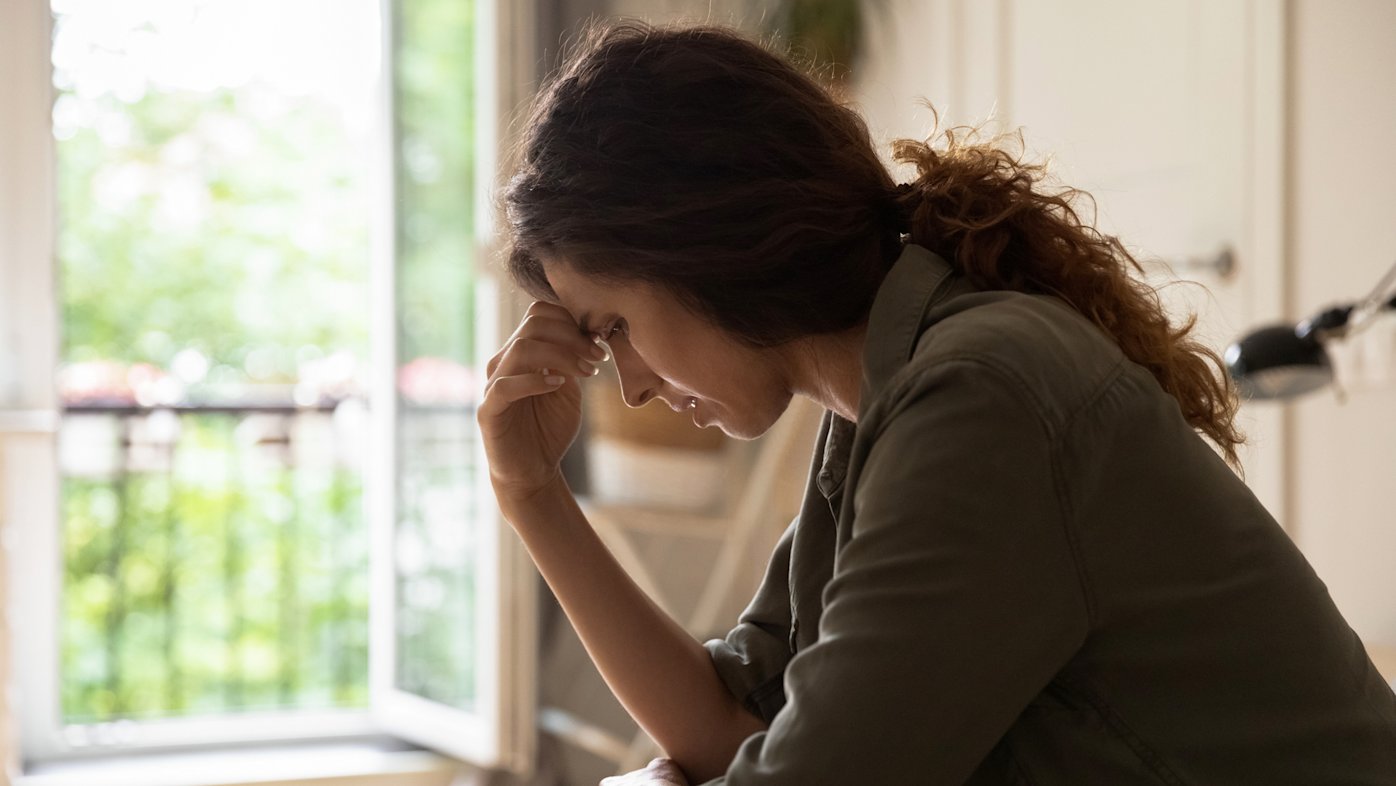
Caregiving and stress: An unfortunate combination
In a survey of more than 1,000 adults who provide unpaid care for an adult loved one, caregiving was found to take a toll on their mental health.
After nearly two years of fear, grief and day-to-day pandemic turmoil, things continue to cause uncertainty and stress.
“In times like these, we could use a little more happiness, connection and hope,” says Olga Hays, an American Council on Exercise-certified wellness promotion specialist at Sharp HealthCare. “And who would have thought that we can find all this through physical movement?”
Regular physical activity helps with weight management, reduces risk of disease, improves sleep, and strengthens bones and muscles.
But did you know that physical activity is essential to our happiness and increases life satisfaction as well? According to Hays, movement can improve social connections and give us hope and strength in times when a voice in our head says, “I am too weak. I am too tired. I am too broken.”
The key to harnessing these less-known benefits of exercise is to move your body in a way that you enjoy, as opposed to a grueling workout routine that you force yourself through.
What is joyful movement?
Joyful, or intuitive, movement is the philosophy of moving your body in a way that brings you pleasure. It's about tuning into your body’s internal cues to find out what type of movement it needs that day or in that moment.
Some days, it may mean a traditional gym workout or an intense spin class. Other days, it could be playing outside with your kids or chasing your dog in the park. Other ways to move naturally include:
Playing Frisbee
Participating in team sports
Taking walks or hikes
Dancing
Rock climbing
Playing Wii Fit
Jumping rope
Hula-hooping
Swimming
Bike riding
Movement gives hope and increases social bonds
During physical activity, when our muscles contract, they secrete chemicals called myokines into our bloodstream that make our brain more resilient to challenging events. Myokines are sometimes referred to as “hope molecules” because of the effect they have on the brain in helping people recover from stress, trauma or depression.
When we exercise, our bodies also release chemicals called endorphins — known as “feel-good” chemicals because they can act as natural painkillers. Endorphins also increase the sensation of connection to others. This social closeness can be experienced during synchronized activities, such as group exercise classes and hiking or practicing yoga with others.
Being active together, even if not synchronized, can promote social bonding and a better sense of connection with others. As a result, it can help prevent loneliness and social isolation.
Physical activity acts as an antidepressant
Exercise is not a depression cure-all. However, regular movement does have a positive impact on our physiological and brain health, and can help reduce anxiety and depression.
Studies show that people who experience symptoms of depression tend to have a smaller hippocampus, the region of the brain that helps regulate our mood. Regular exercise helps increase brain cell development and improve nerve cell connectivity in the hippocampus, leading to a reduction in feelings of depression.
Also, exercise helps fight depression by providing a sense of achievement. And as a result, it enhances self-worth and shields us from negative self-beliefs.
“Physical activity taps into our most basic needs and instincts,” says Hays. “Movement helps us be healthier, physically and emotionally. It allows us to better connect with others. It provides us with a sense of accomplishment, improves our outlook on life and boosts our confidence. When all these things are at play, we are simply happier.”
Our weekly email brings you the latest health tips, recipes and stories.